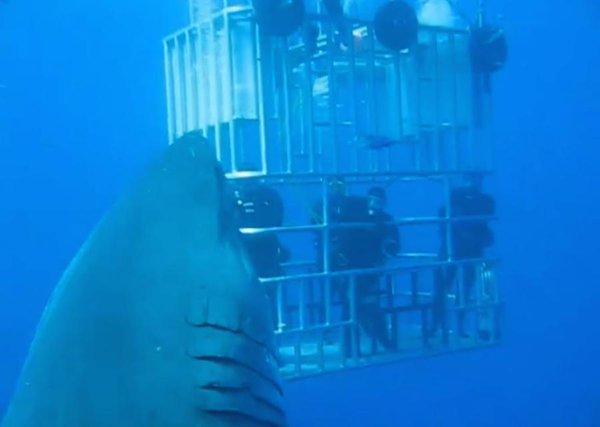
In the summer, as warmer water moves northwards, blue sharks can be found off the west coast of Vancouver Island, Canada, within 40 nautical miles (70 km) of shore. They are a highly migratory species, and are considered one of the widest ranging sharks. They are present off both the Pacific and Atlantic coasts of Canada. It is probably the most common large shark seen in Canadian waters.īlue sharks are a wide ranging species, distributed globally in both temperate and tropical waters. Lawrence, the Scotian Shelf and the Bay of Fundy. In Canadian waters the blue shark has been found in southeastern Newfoundland, the Grand Banks, the Gulf of St. In the western Atlantic it can be found from Newfoundland and the Gulf of St. This wide ranging species is found from 50º N latitude to 50ºS latitude.

The blue shark occurs in the Atlantic, Pacific and Indian Oceans in both inshore and offshore waters. Well developed snout slender body form.Notable for the long sabre-like pectoral fin.Dark indigo blue on back shading through clear bright blue on sides to white below.On the Pacific coast of Canada, researchers from the Pacific Biological Station have recently participated in an international tagging program for blue sharks with scientists from the United States National Marine Fisheries Service (NMFS). Blue sharks are equipped with gill rakers, generally characteristic of filter-feeding sharks, which allow them to feed on smaller pelagic invertebrates such as shrimp. Blue sharks feed primarily on squid and pelagic schooling fishes such as herring, as well as on carcasses of whales and turtles. Adults range in size from about 2 – 3 m (6 – 10 feet). They have a long snout, large eyes, and narrow pointed pectoral fins. The colour quickly changes to a uniform dark grey if the shark is removed from the water. They are dark blue on the back, bright blue on the sides, and white on the underside.

The teeth on both the lower and upper jaw have triangular cusps with smooth or finely serrated edges.īlue sharks are recognizable for their exceptionally slender body and bright blue coloration. The blue shark has a weak keel on the caudal peduncle and the upper lobe of the caudal fin is larger than the lower. It is likely the most prolific of the large shark species as it is abundant throughout its range. The blue shark is a long slender shark, reaching 3.8 meters (13 feet) in length. The large pectoral fins are also easy to spot as they are as long as the distance between the tip of the snout to the last gill slit. It has a distinct colouration, a deep indigo blue from above and a vibrant blue on its sides, changing to white underneath. The blue shark is one of the most easily recognized sharks.


 0 kommentar(er)
0 kommentar(er)
